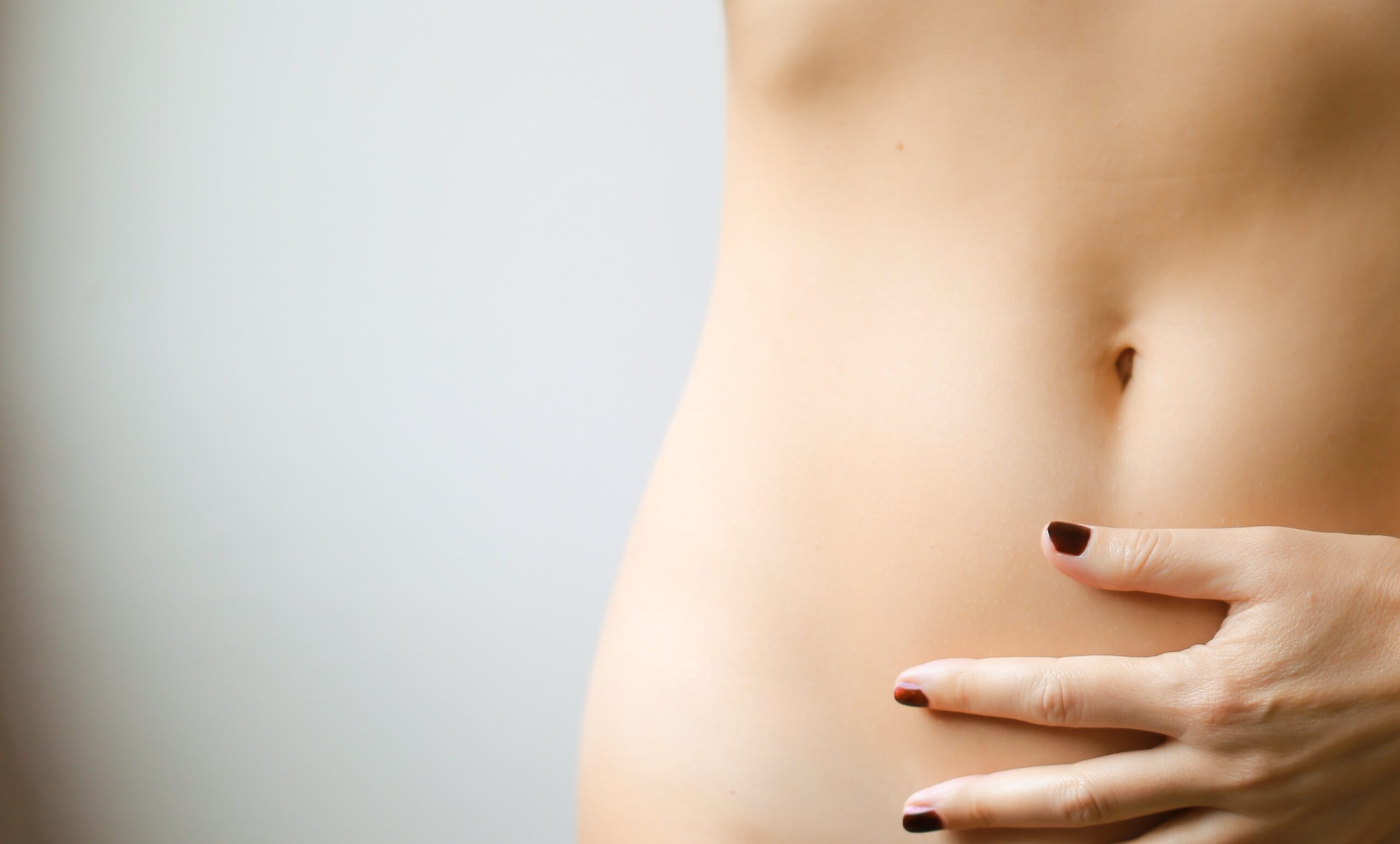Endometriosis can have a cascade effect on the muscles, fascia, and nerves of the pelvis. Myofascial pain is involved in up to 94% of chronic pelvic pain and can occur “independently or in conjunction with disorders such as vaginismus, dysmenorrhea, and endometriosis and is frequently a causative factor in sexual pain or dyspareunia” (Ross et al., 2021). Vaginismus, vulvodynia, and pudendal neuralgia are a few of things that can contribute to chronic pelvic pain.
Vaginismus is the “recurrent involuntary tightening of muscles around the vagina” (spasms) whenever penetration is attempted- such as “the use of tampons, penetrative intercourse, cervical examinations, and other activities” (Haire, 2021). Phenomena such as endometriosis, recurrent bladder infections (or painful bladder syndrome), yeast infections, hormonal changes (such as decreased lubrication with menopause) are a few of the things that might trigger it (HealthDirect, 2019). Therapies might include pelvic floor physiotherapy, local anesthetics (such as lidocaine), muscle relaxants (such as medications/creams or even botulinum toxin injections), and/or anxiolytic medication (Lahaie et al., 2010).
Vulvodynia is “chronic discomfort in the vulvar region” (Reed, 2006). The pain has been “described as ‘burning,’ but it may be irritating, sharp, prickly, or, occasionally, pruritic, and it can be mild to severe” (Reed, 2006) (pruritic meaning itching). Reed (2006) also reports that “the pain can begin suddenly when provoked, and it tends to dissipate gradually; women with vulvodynia often report hours to days of discomfort after intercourse or a pelvic examination.” The pain with vulvodynia can be exacerbated by prolonged sitting, tight clothes, riding a bike, use of tampons, or intercourse (Reed, 2006). Vulvodynia might be contributed to by “injury to, or irritation of, the nerves that transmit pain from the vulva to the spinal cord, an increase in the number and sensitivity of pain-sensing nerve fibers in the vulva, elevated levels of inflammatory substances in the vulva, an abnormal response of different types of vulvar cells to environmental factors such as infection or trauma, genetic susceptibility to chronic vestibular inflammation, chronic widespread pain and/or inability to combat infection, or pelvic floor muscle weakness, spasm or instability” (National Vulvodynia Association, n.d.). The National Vulvodynia Association has good information on treatment options here: https://www.nva.org/what-is-vulvodynia/treatment/.
Another entity associated with pain in the pelvic region is pudendal neuralgia. This is “a painful condition caused by inflammation, compression or entrapment of the pudendal nerve; it may be related to or be secondary to childbirth, pelvic surgery, intense cycling, sacroiliac skeletal abnormalities or age-related changes” (Perez-Lopez & Hita-Contreras, 2014). Symptoms usually present with “pelvic pain with sitting which increases throughout the day and decreases with standing or lying down, sexual dysfunction and difficulty with urination and/or defecation” (Perez-Lopez & Hita-Contreras, 2014). Treatment options might include “physiotherapy, analgesics and nerve block, surgical pudendal nerve decompression, radiofrequency and spinal cord stimulation” (Perez-Lopez & Hita-Contreras, 2014).
The pelvic floor is a busy highway of muscles, nerves, ligaments, blood vessels (see Pelvic Congestion Syndrome), and more. There is a lot that can contribute to chronic pelvic pain, and it is important to address all the factors that might be contributing to it. You can find more information here:
- https://icarebetter.com/pudendal-neuralgia-vulvodynia/
- https://icarebetter.com/pelvic-floor-dysfunction
References
Haire, G. (2021). When the Body Says No: The Experience of Vaginismus and the Validity of Female Pain. Brief Encounters. Retrieved from https://kar.kent.ac.uk/89429/1/document.pdf
HealthDirect. (2019). Vaginismus. Retrieved from https://www.healthdirect.gov.au/vaginismus
Lahaie, M. A., Boyer, S. C., Amsel, R., Khalifé, S., & Binik, Y. M. (2010). Vaginismus: a review of the literature on the classification/diagnosis, etiology and treatment. Women’s Health, 6(5), 705-719. Retrieved from https://journals.sagepub.com/doi/full/10.2217/WHE.10.46
Perez-Lopez, F. R., & Hita-Contreras, F. (2014). Management of pudendal neuralgia. Climacteric, 17(6), 654-656. Retrieved from https://doi.org/10.3109/13697137.2014.912263
National Vulvodynia Association. (n.d.). Retrieved from https://www.nva.org/
Reed, B. D. (2006). Vulvodynia: diagnosis and management. American family physician, 73(7), 1231-1238. Retrieved from https://www.aafp.org/afp/2006/0401/p1231.html
Ross, V., Detterman, C., & Hallisey, A. (2021). Myofascial Pelvic Pain: An Overlooked and Treatable Cause of Chronic Pelvic Pain. Journal of Midwifery & Women’s Health, 66(2), 148-160. Retrieved from https://doi.org/10.1111/jmwh.13224





comments are closed .